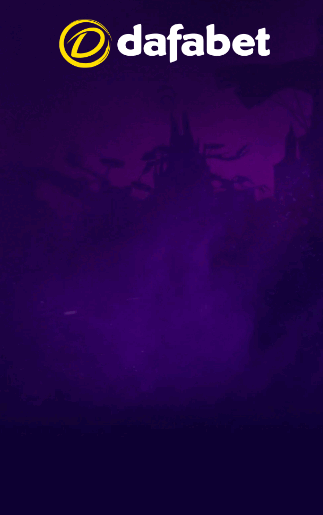
Introduction
On 18 November, the very first Midas Mode tournament will debut.
A new game mode developed by the Moonbucks studio, this setup is unique to Dota 2 and offers a new mechanic to the tournament setting – a tournament-based currency, which the players involved use to determine drafts and bans.
This interesting new format will add some more strategy and meta knowledge to the game, as well as a new stance on character balance. Based on how this tournament goes, it could become a more standard practice in future.
The Format
The defining aspect of Midas Mode is Moonbucks – a form of currency granted to all teams in yet-to-be-determined amounts at the beginning of the tournament.
These Moonbucks will determine how the teams draft their rosters and who they will ban. Each hero is given two values based on their current win rate and popularity. The teams must pay a certain number of Moonbucks to draft or ban any hero. The more popular and effective heroes cost more to draft, but are cheaper to ban. The less-often seen heroes, as such, will have an extra incentive to be picked – their low cost.
As the tournament progresses, the prices will change. After each match, the cost of the heroes played in that game increases, whilst the cost of heroes not picked decreases. These unusual rules should encourage more off-meta character selections, resulting in (hopefully) more interesting matches.
Income
Another quirk of the match mechanics is that teams will have the ability to forgo their option to ban characters, and doing so earns them some additional Moonbucks, allowing them to recover some of their earlier costs. In addition, the amount of currency they receive for doing this increases exponentially as time goes along, so skipping a ban in the Grand Final will result in receiving many more Moonbucks.
There are two other ways a team might regain some Moonbucks – the Midas Mode bounty setting and via bets. The former is a set of challenges suggested by the community, which players will try to complete in their matches to earn the reward. These will, of course, put the participating teams at a disadvantage, but we’ll have to see what the challenges will be. Meanwhile, the latter allows the teams to – within limits – bet on other teams in the tournament.
Keeping a close eye on the number of Moonbucks you have is important, as if a team runs out, they will suffer a heavy penalty. Effectively, they will only be able to pick the worst heroes in terms of their Moonbucks rating; they won’t be able to ban heroes or choose sides, or pause the match. Choosing a random hero is, however, free of charge, but this is a high risk, high reward option.
The Teams
To kick off this intriguing new format, there is quite an impressive array of professional teams lined up. TI7 winners Team Liquid will be in attendance, as well as top-tier teams Evil Geniuses, OG and Natus Vincere. Immortals, OpTic Gaming, VGJ.Storm and MidOrFeed will also be competing.
These teams will be split into two separate divisions, one for the European sides and one for those from North America. They will play a round-robin group stage with the bottom team from each group being eliminated. The winners will qualify for the Grand Final directly, while the teams finishing second and third will play for the honour of reaching the showpiece event.
With such powerful and experienced teams in the rankings, the coming days will likely test this new format, and see how it functions at the very highest level of play. Team Liquid seem to be unstoppable this year, winning gold after gold in nearly every tournament in which they have participated, but perhaps this unusual new set-up will level the playing field.
Conclusion
Midas Mode offers an extremely exciting new take on balance in the game as it relies upon the meta itself to determine character rankings and gives players more reason to pick obscure and under-utilized heroes. This type of match rewards players with a high degree of technical knowledge, who are able to play a wide variety of heroes rather than a small handful, and who understand the match-ups and counter picks for even the most rarely-seen characters in the game. Whether it will become a more regular staple of the competitive scene or not is hard to say, but it’ll certainly be fun to watch unfold.







